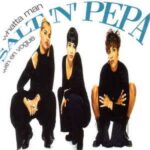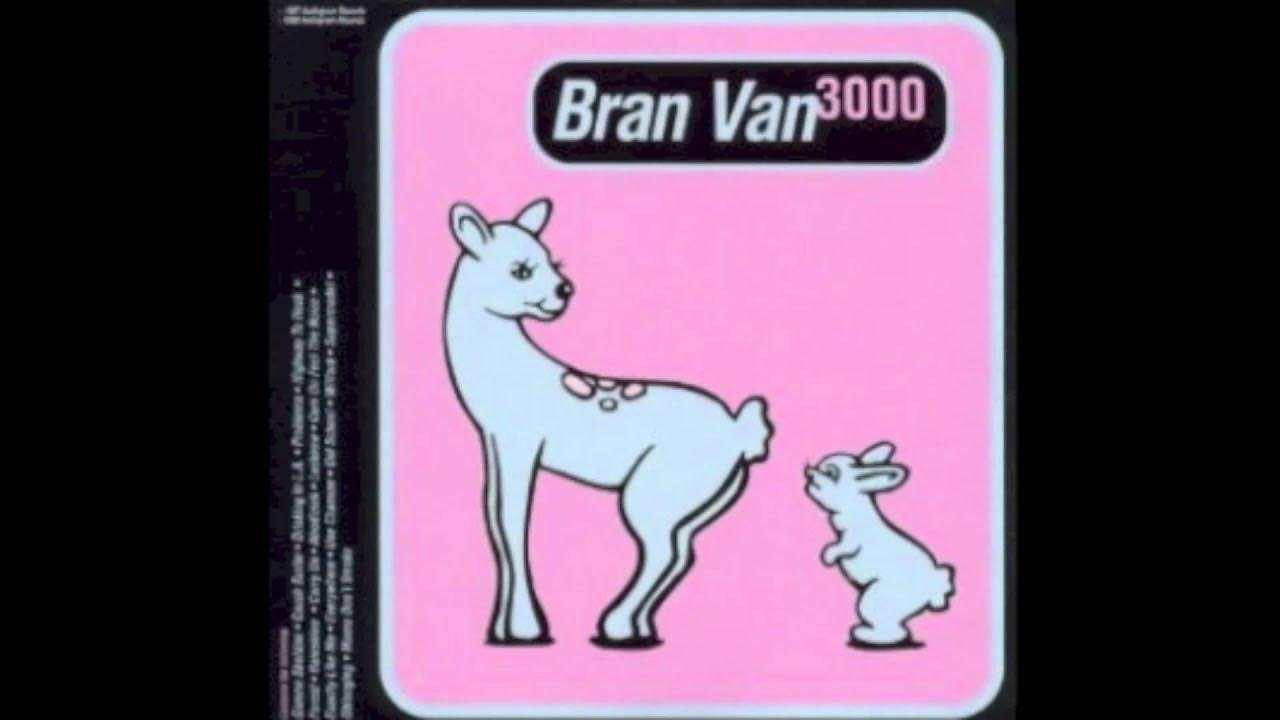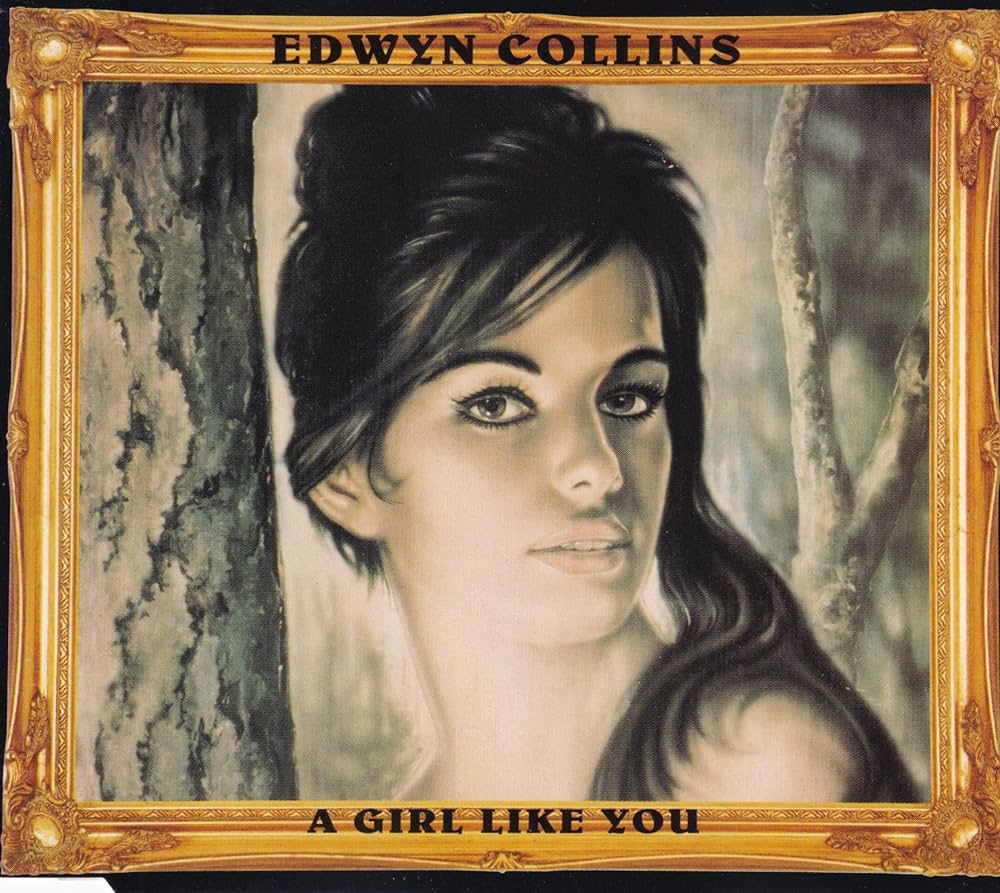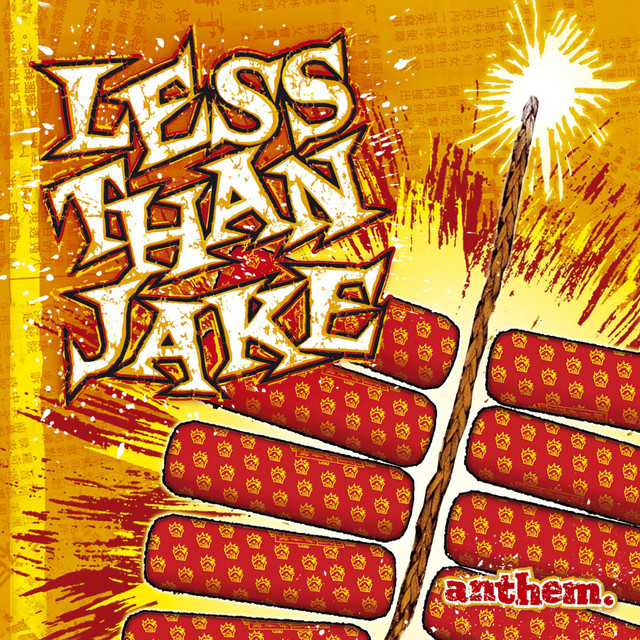 Few songs in the early 1990s captured the celebratory spirit of admiration, respect, and playful romance like Salt-N-Pepa’s “Whatta Man.” Released in 1993 as the lead single from their fourth studio album Very Necessary, the track became a defining anthem for women everywhere, blending hip-hop, R&B, and funk with lyrical exuberance and infectious energy. Featuring the soulful vocals of En Vogue, “Whatta Man” showcased Salt-N-Pepa’s distinctive style: bold, assertive, and unapologetically fun.
Few songs in the early 1990s captured the celebratory spirit of admiration, respect, and playful romance like Salt-N-Pepa’s “Whatta Man.” Released in 1993 as the lead single from their fourth studio album Very Necessary, the track became a defining anthem for women everywhere, blending hip-hop, R&B, and funk with lyrical exuberance and infectious energy. Featuring the soulful vocals of En Vogue, “Whatta Man” showcased Salt-N-Pepa’s distinctive style: bold, assertive, and unapologetically fun.
“Whatta Man” was more than a chart-topping hit—it was a cultural statement, emphasizing respect, appreciation, and partnership in romantic relationships. The song celebrated men who were attentive, loving, and honorable, providing a counter-narrative to the often misogynistic depictions of men in early 1990s hip-hop. Its catchy hook, memorable beat, and vibrant performances made it an enduring classic that continues to resonate decades later.
The Rise of Salt-N-Pepa
Salt-N-Pepa—Cheryl “Salt” James, Sandra “Pepa” Denton, and Deidra “DJ Spinderella” Roper—formed in New York City in 1985 and quickly became trailblazers in the male-dominated hip-hop industry. From their earliest releases, the group demonstrated a knack for combining provocative lyrics, danceable beats, and socially conscious themes, challenging traditional gender norms while asserting female agency in rap.
By the early 1990s, Salt-N-Pepa had established themselves as leading figures in hip-hop. Hits like “Push It” and “Let’s Talk About Sex” had solidified their reputation for bold, innovative music that mixed humor, sexuality, and social commentary. However, with “Whatta Man,” the group pivoted slightly, creating a celebratory and positive ode to men, highlighting the importance of respect and partnership in relationships.
Creation and Production of “Whatta Man”
“Whatta Man” was produced by Hurby “Luv Bug” Azor, Salt-N-Pepa’s longtime collaborator, and featured a sample from James Brown’s 1969 classic “Whatta Man”, originally performed by Linda Lyndell. The sample provided the song with a funky, upbeat foundation, instantly recognizable and ripe for hip-hop reinterpretation. Azor’s production emphasized groovy basslines, crisp drum patterns, and dynamic layering, creating a track that was both danceable and radio-friendly.
En Vogue, the R&B girl group renowned for their powerhouse harmonies, contributed vocals to the chorus, providing a lush melodic counterpoint to Salt-N-Pepa’s confident rap verses. The collaboration between Salt-N-Pepa and En Vogue elevated the song, blending rap and R&B seamlessly and creating a crossover appeal that extended the track’s reach beyond hip-hop audiences.
Musical Composition and Style
Musically, “Whatta Man” is a fusion of hip-hop, funk, and R&B. The song’s tempo is upbeat but relaxed, allowing both the rap verses and the sung choruses to shine. The James Brown sample serves as a rhythmic and melodic backbone, instantly recognizable and adding a layer of nostalgia for listeners familiar with the original.
Salt-N-Pepa’s verses are delivered with playful confidence and clear articulation, emphasizing the qualities of a man who is respectful, loving, and attentive. The rhymes are clever, often punctuated with humor and wit, keeping the listener engaged while reinforcing the song’s positive message. En Vogue’s vocals in the chorus are smooth and soulful, providing a melodic anchor and enhancing the song’s crossover potential.
The production is characterized by tight drum programming, funky basslines, and layered percussion. The sample is treated with reverence but recontextualized in a contemporary hip-hop setting, creating a blend that feels fresh yet familiar. This approach allowed “Whatta Man” to appeal to both hip-hop fans and mainstream audiences, a key factor in its commercial success.
Lyrics and Themes
Lyrically, “Whatta Man” is a celebration of the ideal partner. Salt-N-Pepa outline a series of traits that define a respectful, loving, and committed man, emphasizing emotional intelligence, kindness, and loyalty. The song begins with the chorus:
“Whatta man, whatta man, whatta man, whatta mighty good man”
This simple, repetitive hook is both catchy and affirming, setting the tone for the verses that follow. Throughout the song, Salt-N-Pepa highlight specific qualities—financial responsibility, fidelity, emotional support, and respect for women—creating a checklist for the ideal male partner.
The verses often employ humor and wordplay, showcasing Salt-N-Pepa’s signature style while delivering a serious message. For instance, they contrast men who are attentive and honorable with “bad boys” or “scrubs,” emphasizing the importance of choosing partners wisely.
By centering respect and appreciation, “Whatta Man” subverted common tropes in hip-hop that often glorified aggression, misogyny, or materialism. Instead, it celebrated emotional connection, mutual support, and partnership, providing a positive role model for both men and women in popular music.
Release and Commercial Success
Released in February 1993, “Whatta Man” quickly became a commercial sensation. The track reached number three on the Billboard Hot 100, cementing Salt-N-Pepa’s status as one of the leading female hip-hop acts of the decade. It also performed well internationally, charting in the UK, Australia, and other markets.
The song’s success was fueled by its catchy hook, crossover appeal, and positive message. Radio stations embraced the track, appealing to both urban and mainstream audiences, while MTV provided heavy rotation for the music video, expanding its reach even further. “Whatta Man” went on to achieve platinum status, becoming one of Salt-N-Pepa’s most successful singles and solidifying its place in 1990s pop culture.
Music Video and Visual Representation
The music video for “Whatta Man”, directed by Millicent Shelton, visually reinforced the song’s themes of admiration and celebration. It features Salt-N-Pepa and En Vogue performing together in vibrant, dynamic settings, intercut with playful, lighthearted imagery of men engaged in everyday acts of kindness, attentiveness, and skill.
The video emphasizes the joy and fun of celebrating positive male qualities, aligning perfectly with the song’s upbeat energy. The choreography, fashion, and visual aesthetics reflect early 1990s style while reinforcing the track’s crossover appeal. By combining humor, visual flair, and performance energy, the video contributed significantly to the song’s popularity and cultural resonance.
Cultural Impact
“Whatta Man” had a profound cultural impact, particularly in its affirmation of mutual respect and emotional intelligence in romantic relationships. The song became an anthem for women who valued partners based on character rather than material wealth or superficial traits. It celebrated partnership, loyalty, and respect in a genre often criticized for promoting the opposite.
The track also influenced future female hip-hop artists, demonstrating that rap could address relationships, emotional intelligence, and social commentary without sacrificing commercial appeal. Artists like TLC, Queen Latifah, and later Missy Elliott followed in Salt-N-Pepa’s footsteps, balancing assertiveness, humor, and positive messaging in their music.
Additionally, “Whatta Man” became a cultural reference point, inspiring phrases, covers, and interpolations across music and media. Its affirmation of respectful, loving men resonated with audiences across demographics, making it a lasting touchstone of 1990s pop culture.
Collaboration with En Vogue
The collaboration with En Vogue was pivotal to the song’s success. En Vogue’s smooth, harmonically rich vocals complemented Salt-N-Pepa’s confident rapping, creating a dynamic interplay that enhanced the track’s appeal. The chorus, sung by En Vogue, provided a melodic anchor, ensuring that the song’s hook was instantly memorable and radio-friendly.
This blending of rap and R&B was a hallmark of early 1990s hip-hop, and “Whatta Man” exemplified how collaboration could expand a song’s reach and cultural impact. The synergy between Salt-N-Pepa and En Vogue demonstrated the power of female collaboration in a male-dominated industry, providing a model for future cross-genre partnerships.
Critical Reception
Critics praised “Whatta Man” for its catchy production, positive messaging, and the seamless integration of rap and R&B elements. Reviews highlighted the song’s infectious hook, playful lyricism, and the effective collaboration between Salt-N-Pepa and En Vogue. Many noted that the track stood out for celebrating respect and partnership in a genre often focused on aggression or materialism.
The song has since appeared on numerous “greatest songs of the 1990s” lists and is frequently cited as one of Salt-N-Pepa’s signature tracks. Its critical acclaim, combined with its commercial success, underscores its enduring significance in both hip-hop and pop music.
Legacy and Influence
The legacy of “Whatta Man” extends beyond its immediate commercial success. It remains a defining track of early 1990s hip-hop, showcasing Salt-N-Pepa’s ability to combine fun, empowerment, and musical sophistication. The song influenced subsequent artists, encouraging female rappers to address themes of love, respect, and partnership with humor, confidence, and musical creativity.
“Whatta Man” has also been referenced and sampled by later artists, further cementing its cultural significance. Its celebration of respectful, attentive partners provided a positive counter-narrative in popular music, inspiring listeners and artists alike to value character, loyalty, and mutual support in relationships.
The track’s crossover appeal also helped bridge gaps between hip-hop, R&B, and pop audiences, demonstrating the commercial and artistic potential of genre fusion. It remains a favorite on retro playlists, at parties, and in media seeking to evoke 1990s nostalgia, ensuring its enduring presence in popular culture.
Salt-N-Pepa’s Careers and Cultural Impact
Following the success of “Whatta Man”, Salt-N-Pepa continued to enjoy commercial success and critical recognition. Very Necessary, the album featuring the song, became one of their most successful releases, spawning additional hits like “Shoop” and “Let’s Talk About Sex”.
The group’s influence extends beyond music. Salt-N-Pepa broke barriers for women in hip-hop, demonstrating that female artists could achieve mainstream success while addressing themes of empowerment, respect, and social commentary. Their work paved the way for future generations of female rappers and continues to inspire artists across genres.
Enduring Popularity
Decades after its release, “Whatta Man” continues to resonate with listeners. Its catchy hook, upbeat production, and positive message ensure that it remains a staple of 1990s nostalgia. The song is frequently played on radio, streaming platforms, and in media referencing the era, captivating both longtime fans and new listeners.
Its message of respect, partnership, and admiration remains relevant, demonstrating that music celebrating positive qualities in relationships can have lasting cultural impact. “Whatta Man” endures not only as a hit song but as a cultural touchstone, highlighting the importance of respect, love, and mutual appreciation.
Conclusion
“Whatta Man” by Salt-N-Pepa featuring En Vogue is more than a catchy single—it is a celebration of respect, partnership, and the qualities that make a man admirable. From its infectious James Brown sample and funky production to Salt-N-Pepa’s confident verses and En Vogue’s melodic choruses, the track embodies the spirit of early 1990s hip-hop while delivering a timeless message.
By emphasizing admiration, love, and respect, “Whatta Man” provided a counter-narrative to the often aggressive and materialistic depictions of men in music, offering a positive role model for both men and women. Its commercial success, critical acclaim, and enduring popularity highlight its significance as one of the decade’s most important and beloved songs.
Decades later, “Whatta Man” continues to inspire, entertain, and empower, reminding listeners of the joy of celebration, the importance of respect, and the enduring appeal of music that combines fun, creativity, and cultural significance.


